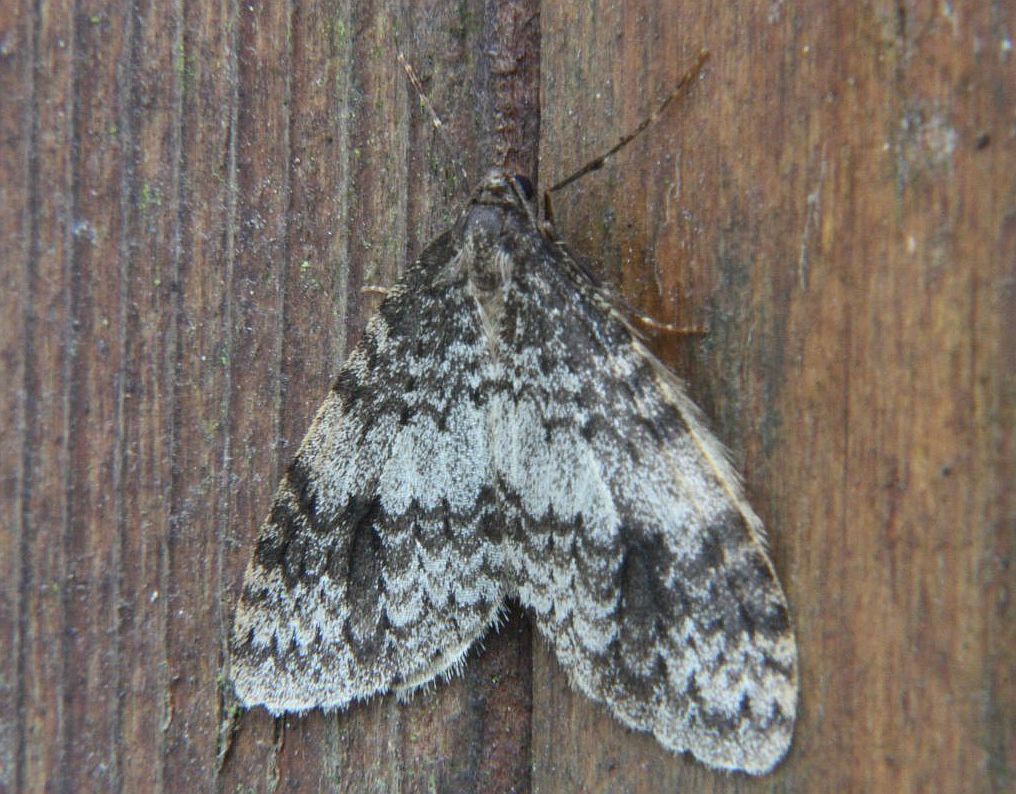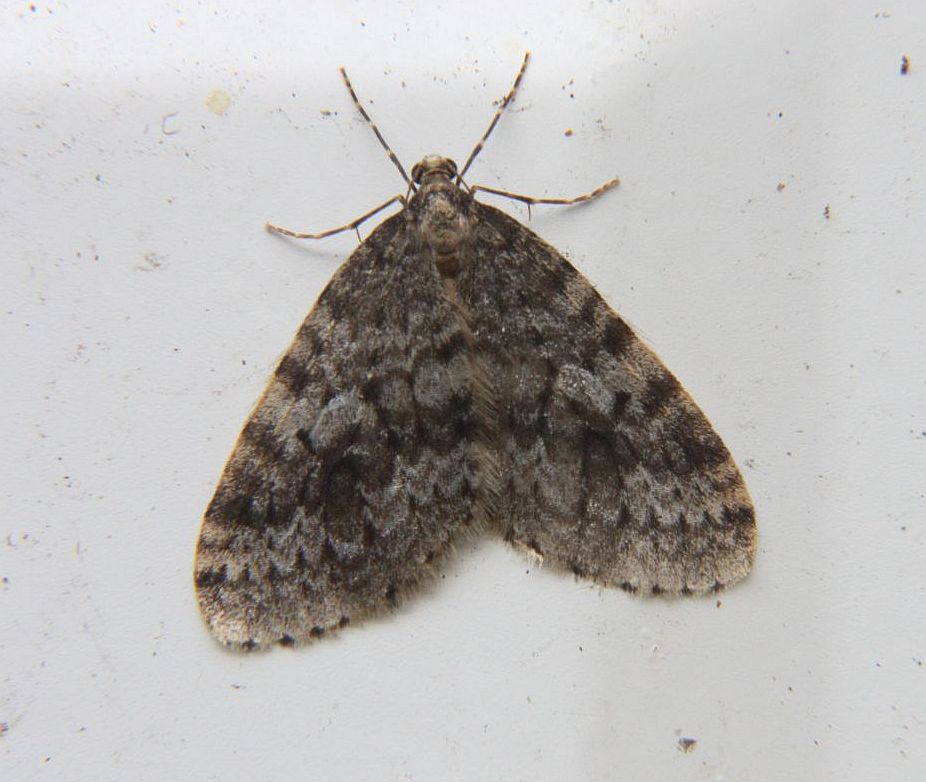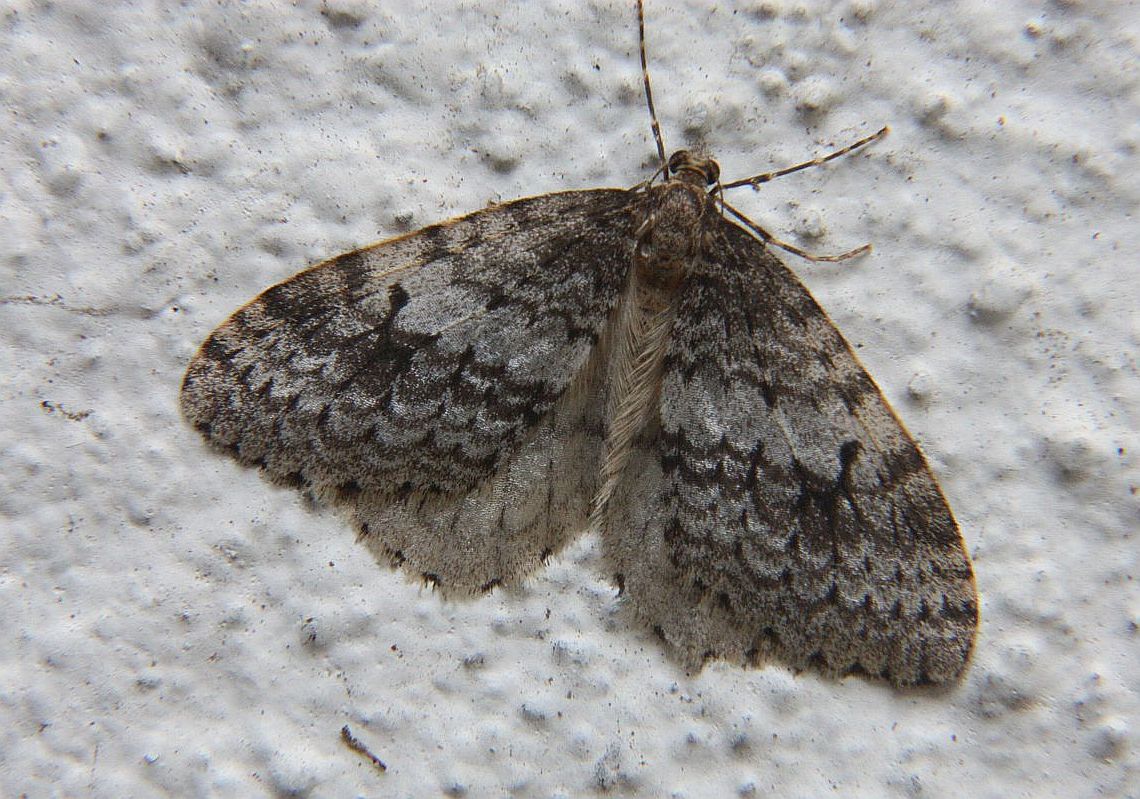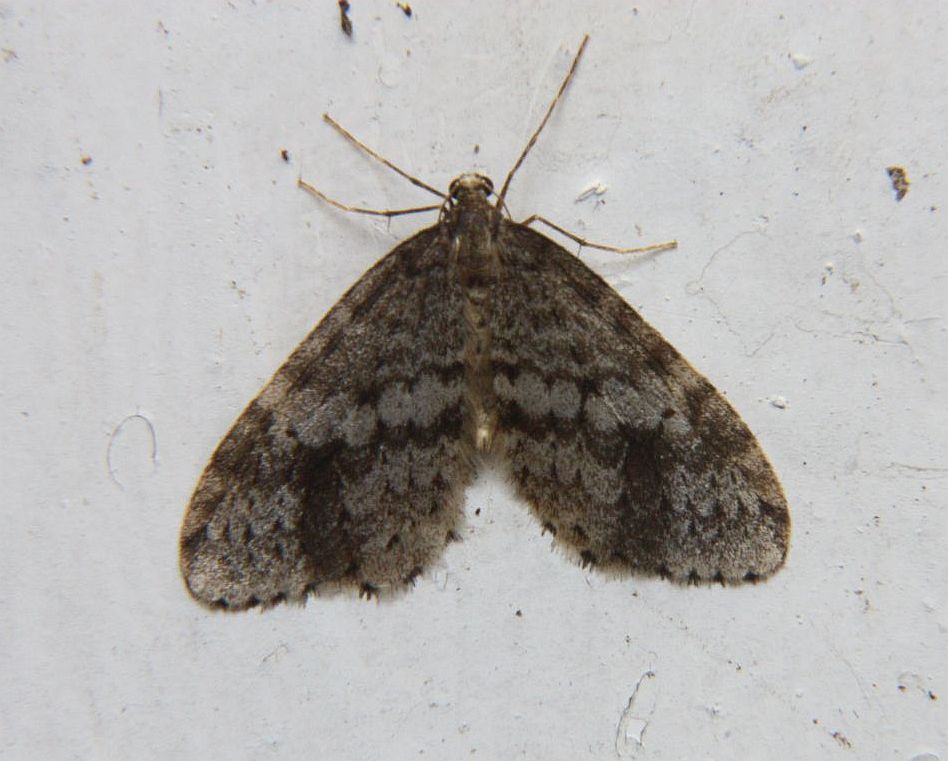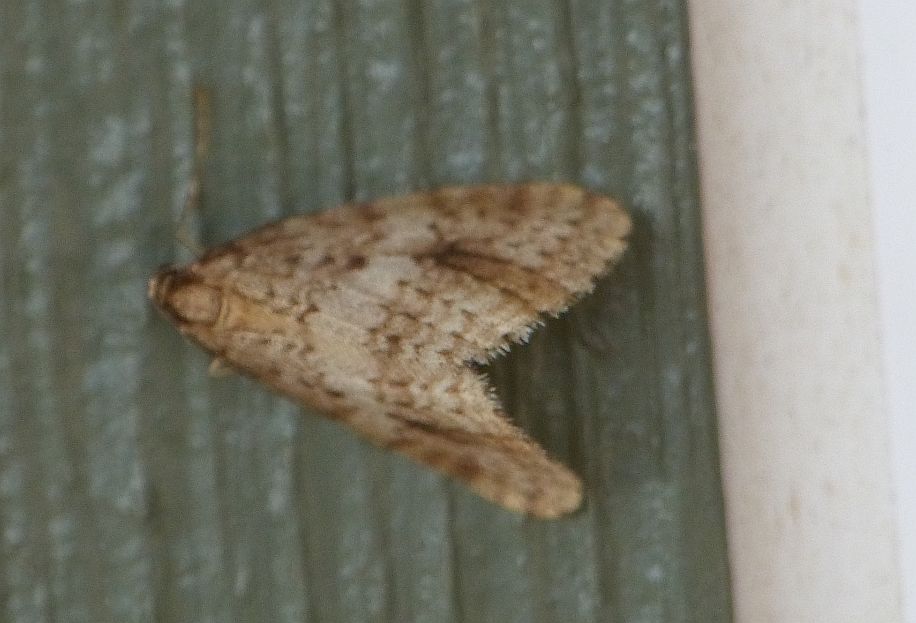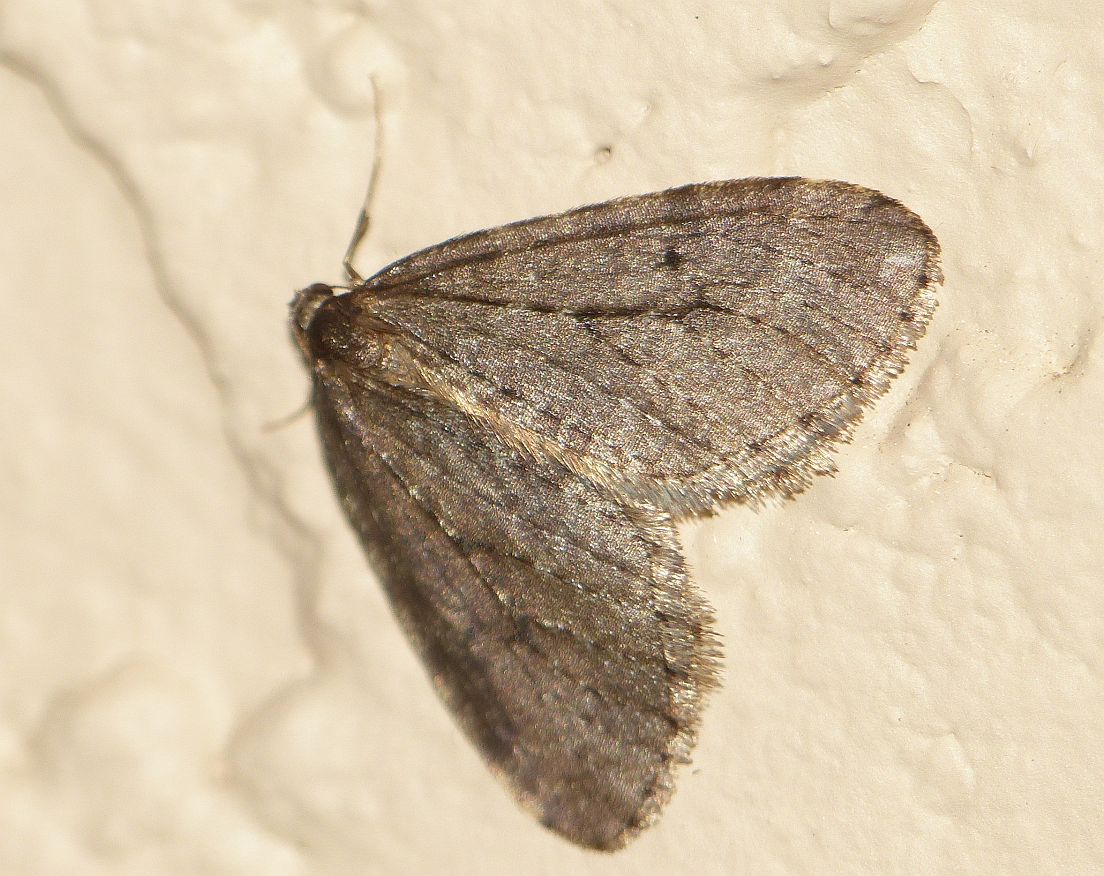2018 December 31
Butterfly Names
I have often remarked that no two books use the same set of names, English or scientific, for North American butterflies – a notable exception being that James Miskelly in his article in the VNHS Nature Guide stuck strictly to the names used by Guppy and Shepard. The new book by Merrill Peterson (see the December 28 posting) carries on the name-change tradition! Since I am sure many viewers will acquire the Merrill Peterson book (which I very strongly recommend), I thought I would list here the names he uses for butterflies where these differ from the names we have been using on Invert Alert.
As for “What is the correct name?” – that is hardly a meaningful question! It depends on whom you ask and when you ask it. Every author has his or her own opinion, and usually with reasons.
As most viewers will know, some authors split what was formerly the Branded Skipper Hesperia comma, into two separate species, the Branded Skipper Hesperia comma (which we are supposed to get in the up-Island mountains) and the Western Branded Skipper Hesperia colorado (which is supposed to be the one we get on Cordova (Saanichton) Spit. Earlier this year I decided (not necessarily wisely) to lump all of them, on Invert Alert, under Branded Skipper Hesperia comma. Peterson calls the Pacific Northwest species the Western Branded Skipper Hesperia colorado. I am very anxious to find the caterpillar of this butterfly.
The butterfly known on Invert Alert as the Sara Orangetip Anthocharis sara is called by Peterson the Pacific Orangetip Anthocharis sara
Elfins. One of the (several) problems with this group is whether there are or should be two distinct genera – Callophrys (the green ones, none of which occur near Victoria) and Incisalia (the brown ones, of which we have several). The green ones and the brown ones seem to be superficially rather distinct among North American species, but apparently when you consider worldwide species, there is less obvious distinction. Hence some authors lump them all under Callophrys, regarding the name “Incisalia” as superfluous. In Invert Alert I started using the genus name Incisalia in 2010, and I still do so, on the grounds that I can’t keep changing the names on Invert Alert every few months!
The butterfly we have been calling the Cedar Hairstreak Mitoura rosneri has perhaps been subject to more name-changes (English and scientific) than any other butterfly. It is called by Peterson the Juniper Hairstreak Callophrys gryneus. Some authors recognize two species – the Juniper Hairstreak and the Cedar Hairstreak. Others lump them as a single species.
The Brown Elfin is another candidate for the most frequent name-changes and lumpings and splittings. On Invert Alert I have been using the name Western Brown Elfin Incisalia iroides. Peterson uses the name Brown Elfin Callophrys augustinus. That is, he doesn’t recognize the splitting used by Guppy and Shepard.
For the Western Pine Elfin I have been using on Invert Alert the name Incisalia eryphon. To Peterson it is Callophrys eryphon.
Our Westrern Spring Azure Celastrina echo is called by Peterson the Echo Azure Celastrina echo
Our Anna’s Blue Lycaeides anna is called by Peterson Anna’s Blue Plebejus anna.
Our Boisduval’s Blue Icaricia icarioides is called by Peterson Boiduval’s Blue Plebejus icarioides.
Our Western Meadow Fritillary Boloria epithore is called by Peterson Pacific Fritillary Boloria epithore.
Our Field Crescent Phyciodes pratensis is called by Peterson Field Crescent Phyciodes pulchella.
Coenonympha tullia has always been a problem. Most of us call it a “Ringlet”, either alone or preceded by one adjective or another. For a while I tried (for several reasons)to advocate using the British name “Large Heath” until earlier this year I discovered that its original name when it was discovered in Britain in the nineteenth century was the “Manchester Ringlet”, and later the “Small Ringlet”. To Peterson it is the Common Ringlet Coenonympha tullia.
I’d welcome comments (though I can’t guarantee I’ll be persuaded by them!), but for the time being I think I’ll continue to use the names that I have been using on Invert Alert since 2010. It would be unduly confusing to keep changing the names every few months on this site, and I feel it is best to be consistent within a given publication. If any of the “Invert Alert” names eventually becomes totally out-of-fashion and never used by anyone, that might be time to change it.
Jeremy Tatum


